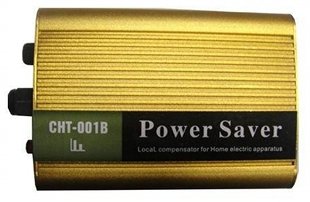Do Power Savers Really Save Power?
 Just to finish the transfer of my various blogs into this one at WordPress, I copy-paste the last topic I had from somewhere. To those who had read this before, I suggest that you look at my other new additions here like Café 101.
Just to finish the transfer of my various blogs into this one at WordPress, I copy-paste the last topic I had from somewhere. To those who had read this before, I suggest that you look at my other new additions here like Café 101.
While I personally do not believe that those alleged power-saving devices really save energy as advertised, it is still worth testing if only to prove if the manufacturers’ claims are true. I suggest that you haggle for the following deal with a walk-in salesman of the product in proving their claim of energy savings.
- Ask for a demo unit that will be installed in your café and used for at least one (1) month without any cash-out or financial obligation on your part.
- If possible, time the test period to start right after your electric bill’s cut-off date. Show your last electric bill to the salesman and agree to use your average monthly consumption in kilowatt-hour (KwH not Peso) as the basis in computing the energy saved, if there will be any.
- Record your initial meter reading in the presence of the salesman and ask him to come back on the cut-off date the final reading of your test.
- Compute for the KwH consumed during the test period and compare the figure with the average monthly consumption as agreed in Step No. 2 above.
- Pay for the power saver if the advertised savings (normally 30 to 40% as claimed) is realized. Return the unit if the test failed to show the savings they claim for their product.
I understand that you cannot have this kind of deal if you buy the unit off the shelf so beware.




Latest Feedbacks